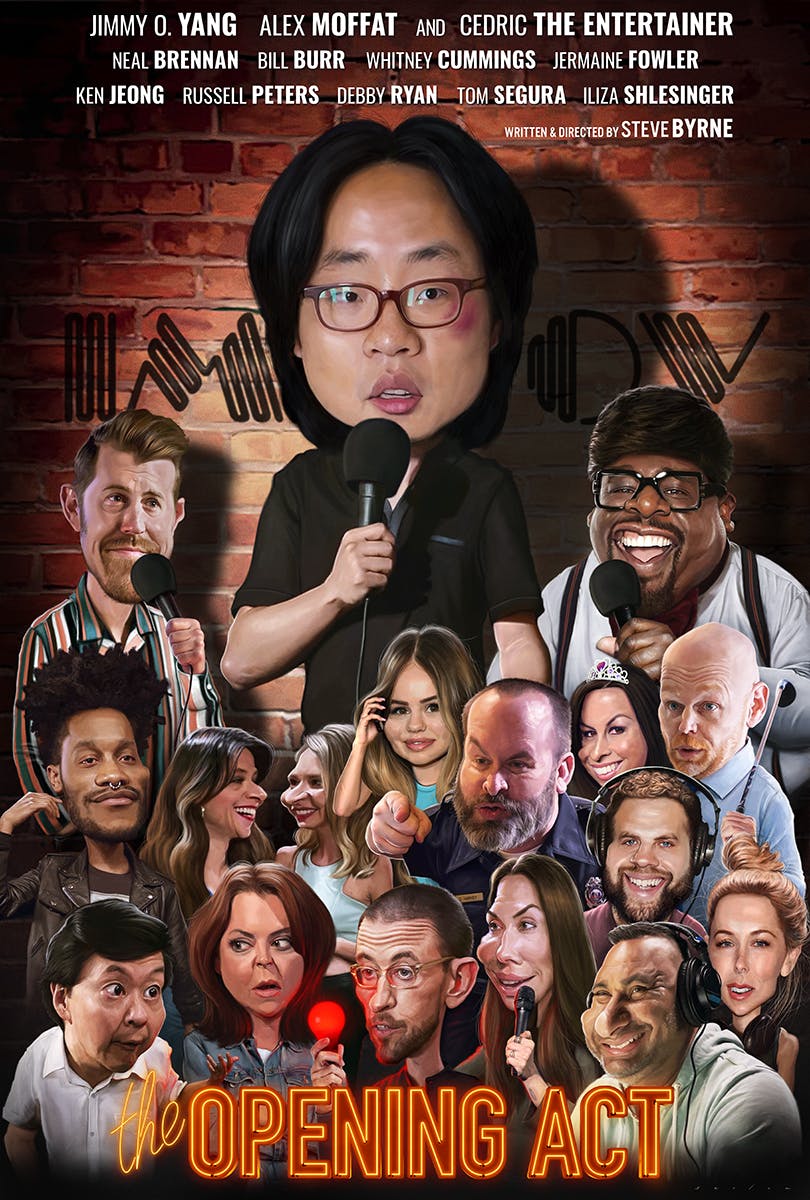
Arye Dworken
Creative Director
Writer


Being an Artist is a Privilege
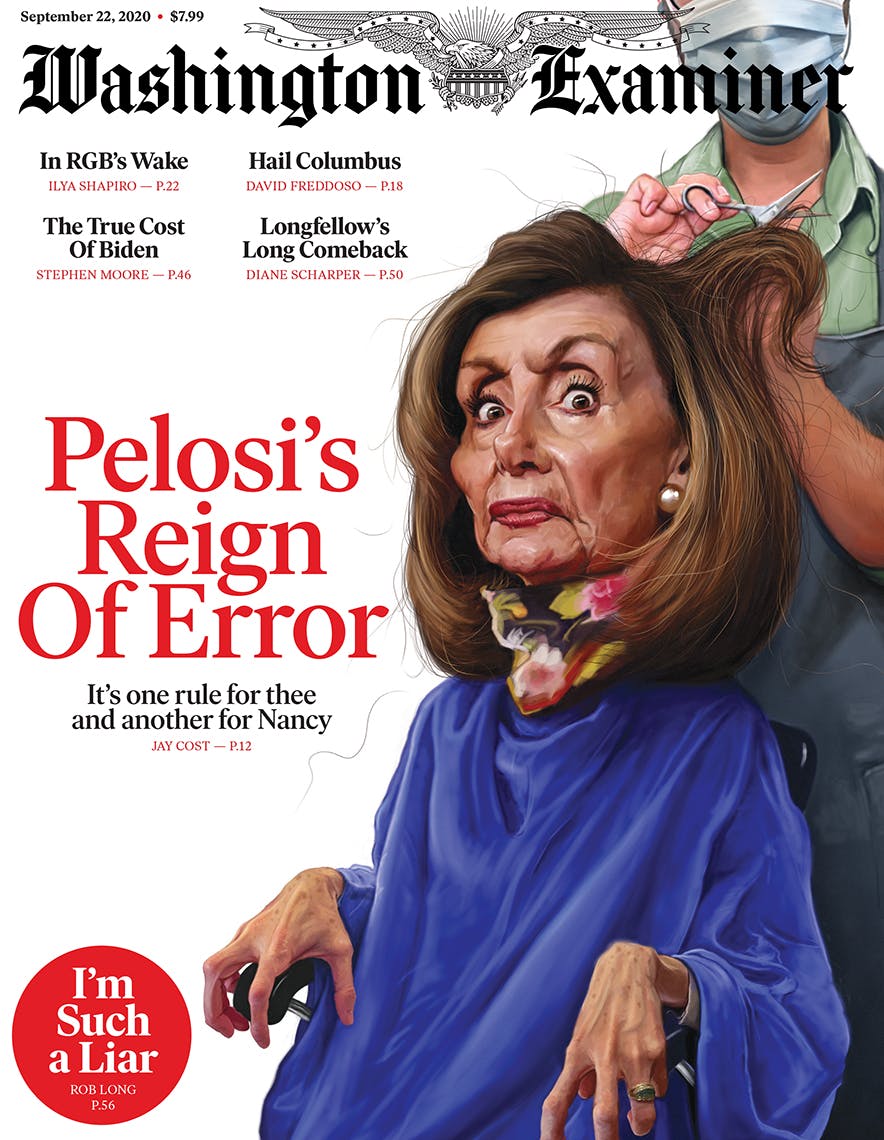
Jason Seiler: I am a self-taught artist who grew up in Northern Wisconsin with a father who was a well-known wildlife artist, so I was surrounded by art and it was all I knew. I moved to Chicago when I was 18 and started working as an illustrator soon after, though for small unknown publications. I did it for years before building up enough strong examples to eventually get the attention of publications like Time and the Wall Street Journal. I also was then able to get my first agent, based in New York City.
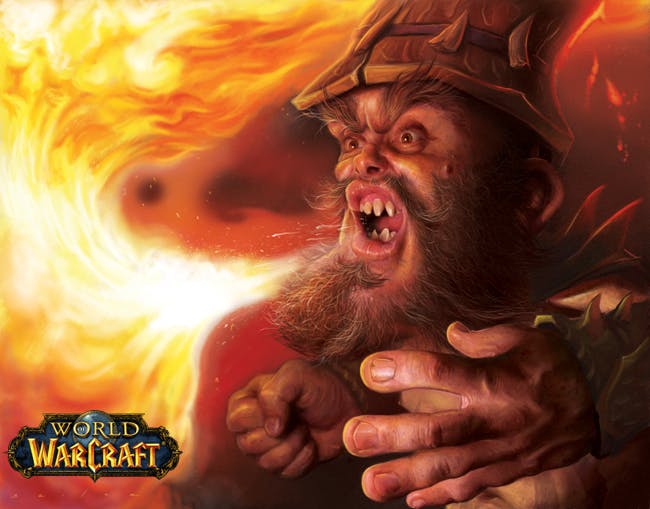
When I was 26 I thought if I took a few illustration courses, I could perhaps become faster and better. I stopped by the American Academy of Art in downtown Chicago; shared my portfolio with them and they told me that I couldn’t just take a class or two but would have to sign up for the whole deal.
They offered me a small scholarship and a few grants, so I attended AAA for two years. Most of the classes I took were basic Gen Ed; other than that, I had fundamental drawing 1 and 2; life drawing 1 and 2; an anatomy class; an oil painting class; painting from life, and a watercolor class. After two years, most of my teachers were asking why I was there; they said I could be teaching the classes. I then made a trip to New York; met many art directors and professional illustrators and they too asked why I was in school, all while working as a professional illustrator.
So I decided to quit school and focus full-time on my career. Then, in 2014, The American Academy of Art, honored me with their “Distinguished Alumni Award” even though I wasn’t a graduate.
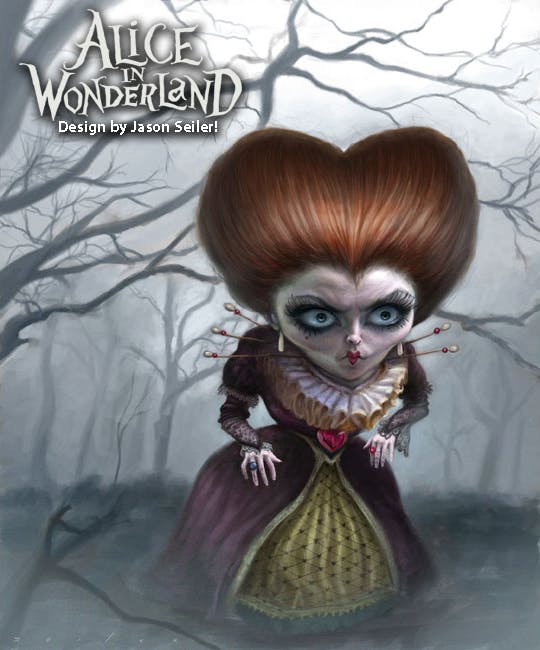
Influences of mine have been Norman Rockwell, J.C. Leyendecker, Zorn, John Singer Sargent, Sean Cheetham, Roberto Parada, C.F. Payne, Richard Schmidt, Norman Mingo, Richard Williams, Jack Davis, Hermann Mejia, Mort Drucker, James Jean, and many more.
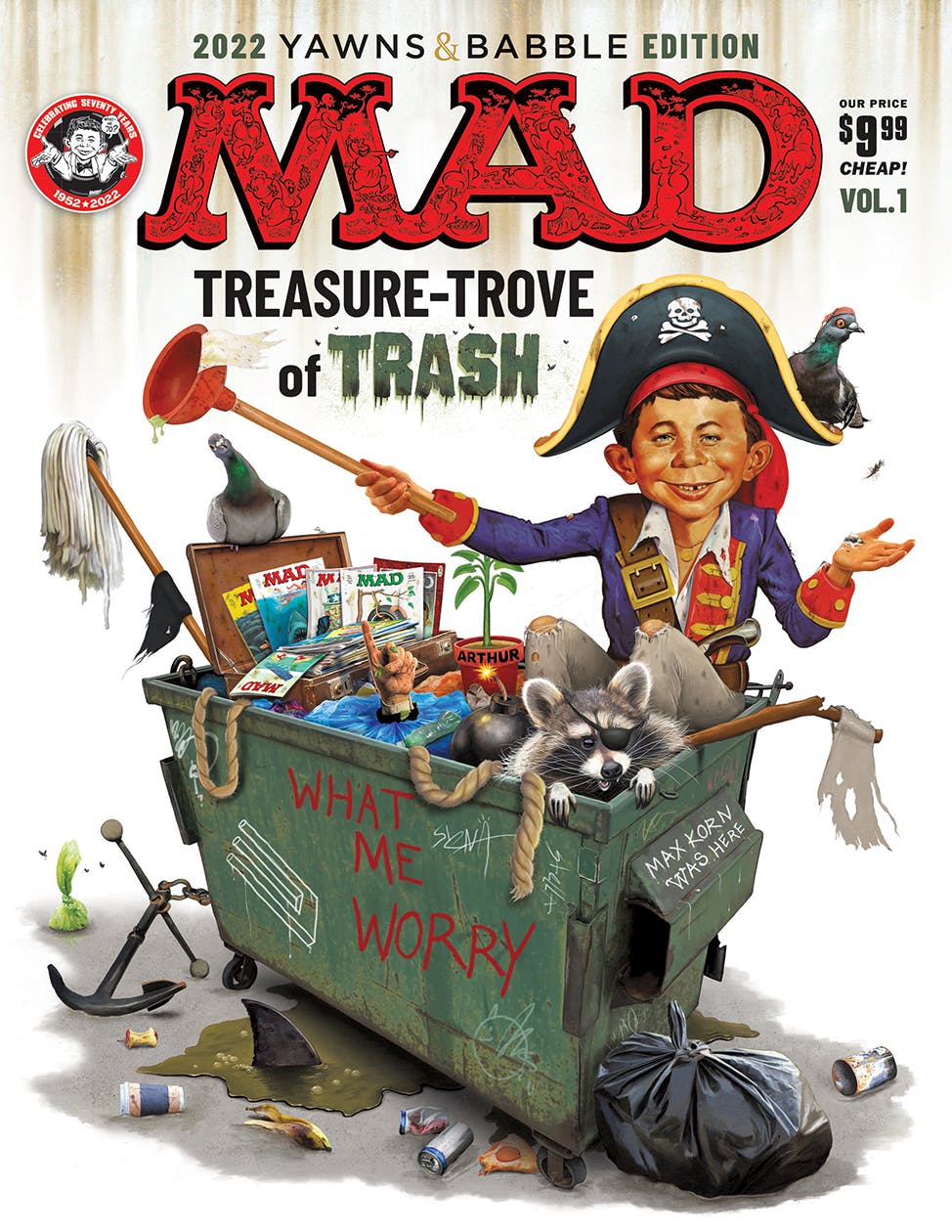
My significant works and achievements: I have painted TIME magazine’s ‘Person of the Year’ cover two times, which is historical for two reasons: one being the first artist to paint ‘Person of the Year’ covers digitally, and two being the only other artist to have ever had the honor of painting it twice. I’ve had the pleasure of painting 7 stamps for the USPS Forever Series, too. I was also a character designer for Tim Burton’s Alice in Wonderland. Recently, I was a lead background painter on Disney’s Enchanted 2. I have painted covers and interiors for nearly every publication, most of which are listed in my bio.
One of my favorite achievements is working for MAD magazine as that was a childhood dream come true. I have painted 3 covers for them so far and many interior illustrations; I’m proud to be considered one of “The Usual Gang of Idiots,” which is what they call artists and writers who work for MAD.
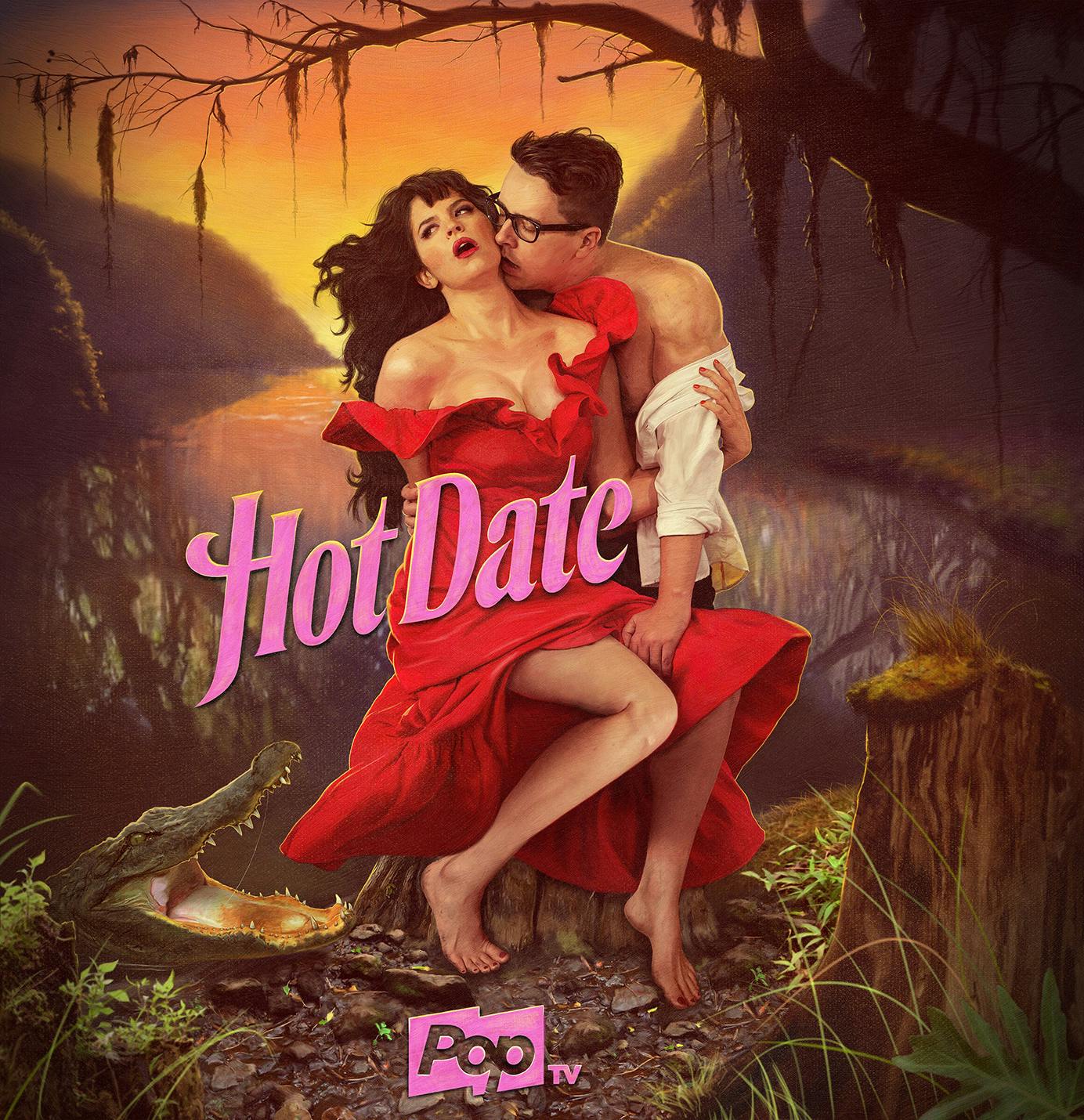
Jason Seiler: The first book I released was called “Caricature, the Art of Jason Seiler.” This book was more art than writing. The purpose was to have a book out of my most current and updated work at the time so that I could sell at Comic-Con and special events or just through my website. In this book, I would share examples of my work – sometimes the sketches as well – and write a little about my process and my thoughts on caricature. I also had a couple of demos in the book, a sort of step-by-step on how I think while drawing a caricature of someone.
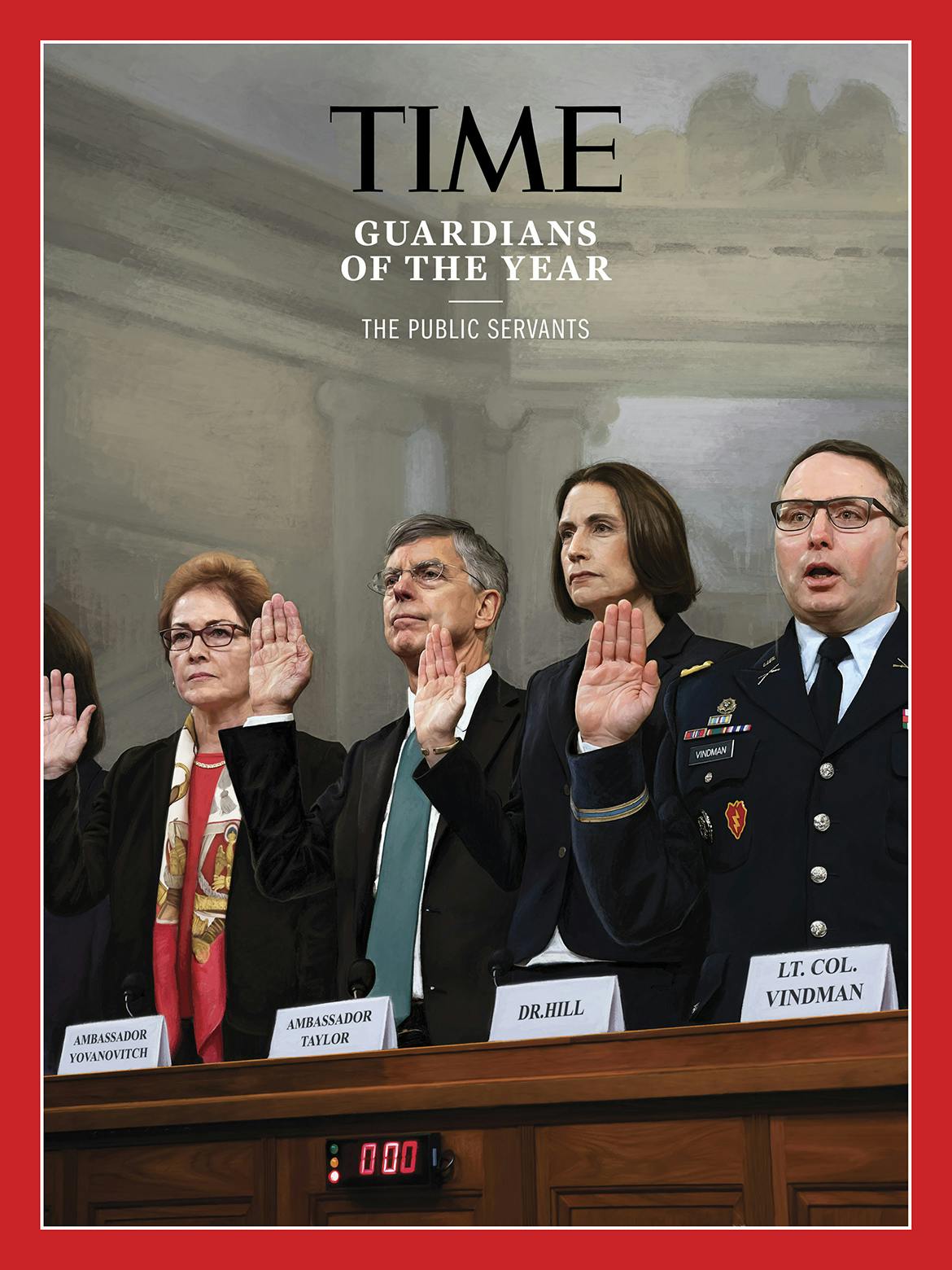
My second book was “SEILER 2008-2009.” This book was also a portfolio book showcasing my work from 2008-2009 but, comparatively, a larger book and hardcover. At the back of the book, I wrote a stepwise tutorial on how I do a painting from start to finish.

My third book was the largest yet with over 300 pages, “The Complete Artist.” If I’m honest, I hate the title; I didn’t come up with it, and the publishing company did. I by no means believe that I am a complete artist. The book is called that because the idea behind it was to pack in as much information and behind-the-scenes stories from the perspective of not only the artist but also art directors, agents, and more – a book that I wish would have been available when I was first starting. In it, I share work from when I was younger; write about my childhood as an artist, and, then, it gets into specific clients like TIME and Rolling Stone, where I share many examples of my work and write about my experiences with those clients and projects.
At the end of the chapter, I interview the art directors and hear their side of things; their thoughts, and their approaches to projects. There are also articles about taxes and marketing, where my agent is interviewed while I also gave my dad a few pages to do a painting tutorial. At the back of the book, I share fine artists’ works that I look up to and feel inspired by, interviewing them as well. I’m extremely proud of this book.
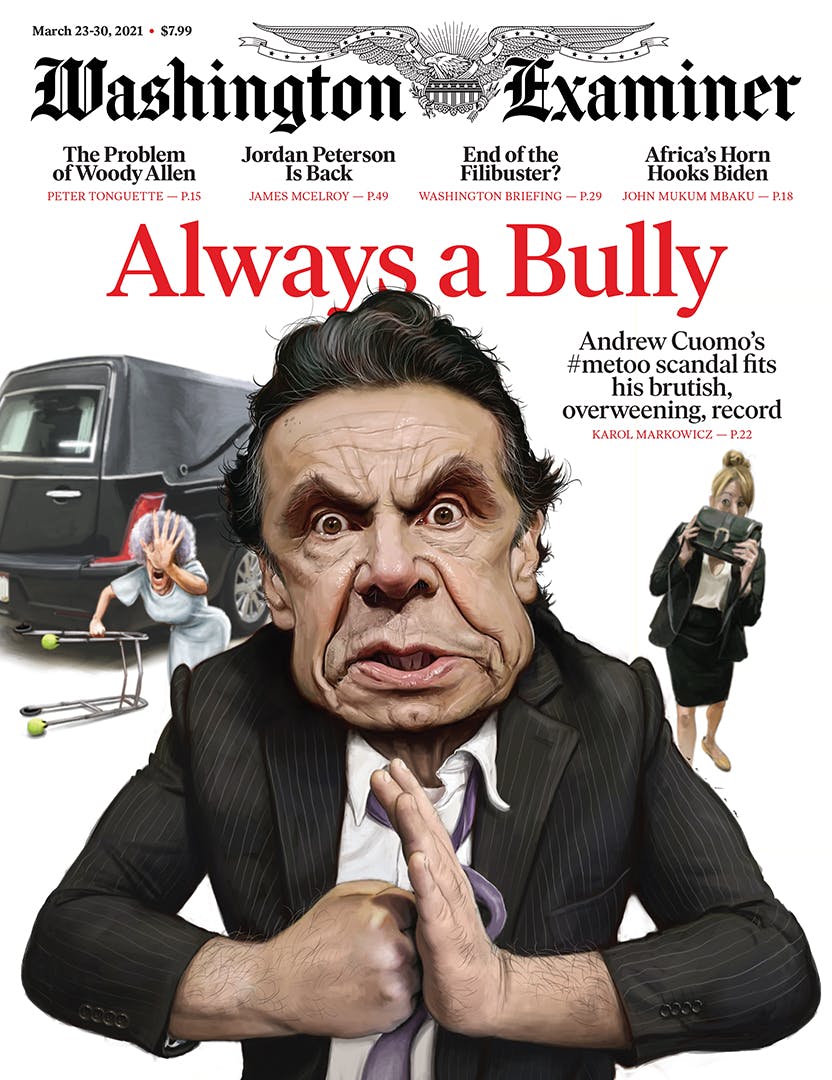
Jason Seiler: As you probably know, Bobby Chiu started Schoolism. I, then, had not heard of him. It was around Christmas time and my dad saw some of Bobby’s YouTube videos, him just drawing and painting. He sent them to me and I thought they were pretty cool but, again, I didn’t know Bobby at the time.
A few days later I got an Email from Bobby, saying he’d love to talk on the phone about something he thinks I would be into; so we set up a call. He told me about this school that he was starting with Stephen Silver, who happened to already be a friend of mine. Bobby had been a fan of my blog and was following my posts. He told me that my caricature work was some of the best he’d ever seen and that he wanted the best to teach a class for his school. Long story short, I agreed to do it and the rest is history.

So, when the school first started, it was just me, Stephen, and Bobby. I have two classes available, one on Caricature and one on painting realistic portraits. I have been wanting to do another class on the caricature that is even more in-depth and hope to do it one day.
The way it works is that I have prepared two courses and each lesson is pre-recorded. The students watch the lessons; do the assignments; upload them to the site and I download their work; then record myself drawing and painting and sharing my thoughts about their work, finally uploading the video to the site for them to watch. I have been an instructor at Schoolism for 16 years. I really enjoy teaching and love inspiring other artists, helping push them further in the right direction.
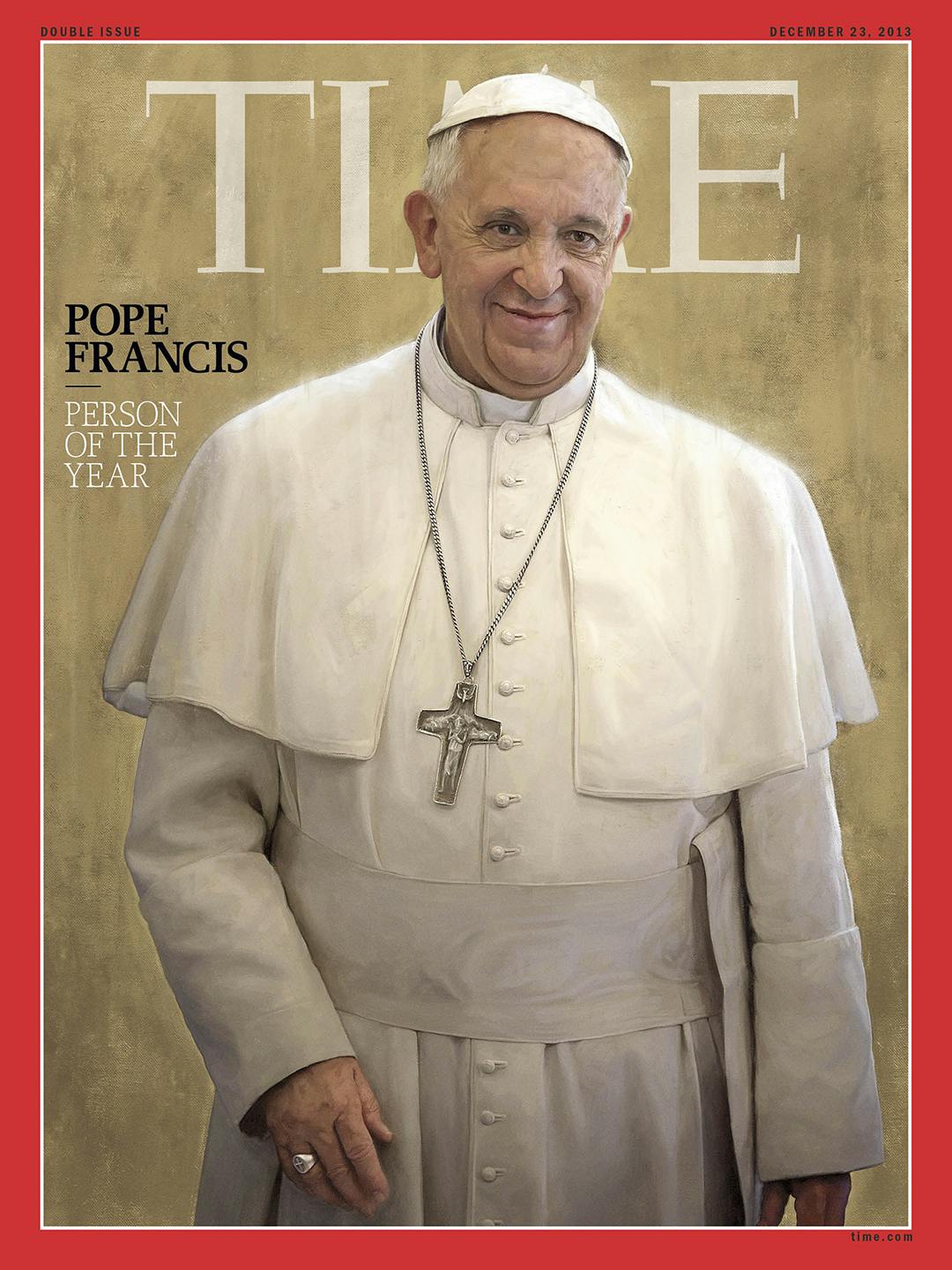
Jason: I am never sure how they are chosen. I have heard they do a quick slideshow of all the work submitted and they only have seconds to decide on a piece – that is for the New York show, anyway. I’ve had pieces get in the show that I am proud of but had other pieces not get in, which I thought were better, so it depends on who the judges are that year and what their subjective tastes are. One of my favorite pieces I had in the show was a portrait that I painted of Rick Ross for Rolling Stone. I also used that painting for the cover of my book, “The Complete Artist”

That painting was a special one for me because I loved the brushwork and overall quality and look of the painting. Also, they gave me only one day to do the painting, which was quite a marathon. I’m proud of that piece.
Another one that means a lot to me is the first painting of mine that made it into the show, after years of submission. I’d finally got one in there and it was an acrylic painting of Radiohead’s frontman, Thom Yorke. That painting was chosen to tour the country for a traveling Society of Illustrators show – that was pretty cool. A couple of years ago, I was asked to be a judge for the Society of Illustrators West show. I was super honored to be a judge alongside artists like Drew Struzan, C.F. Payne, and Mike Mignola.
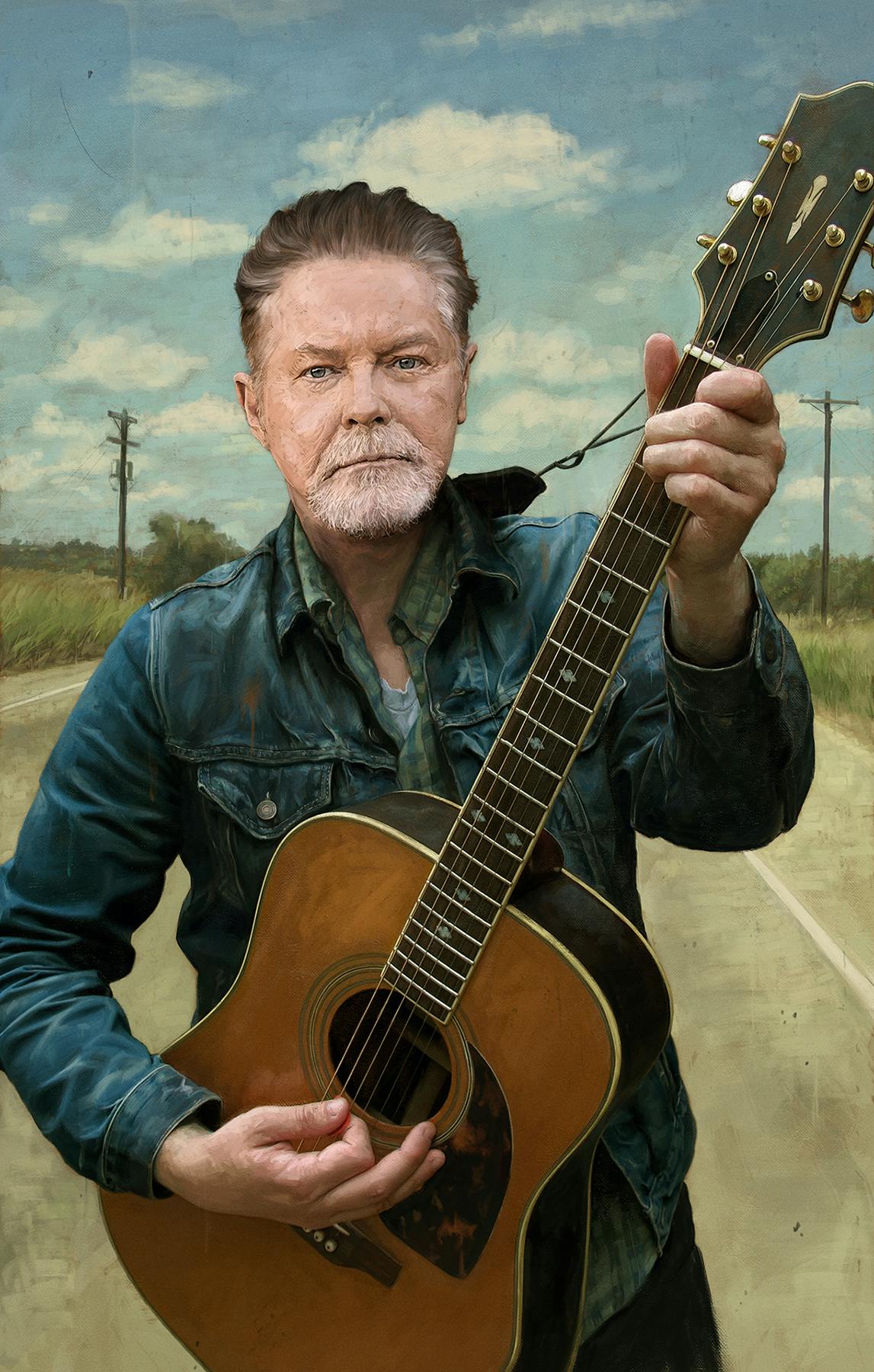
Jason: I always aim to achieve the most superior likeness and quality. I want my work to stand out from others and blow people away. When it comes to caricature, I am always aiming to create “the” likeness of that person, one that people will always remember. I try to capture the essence and feeling of my subject. This doesn’t always happen but that is the goal.
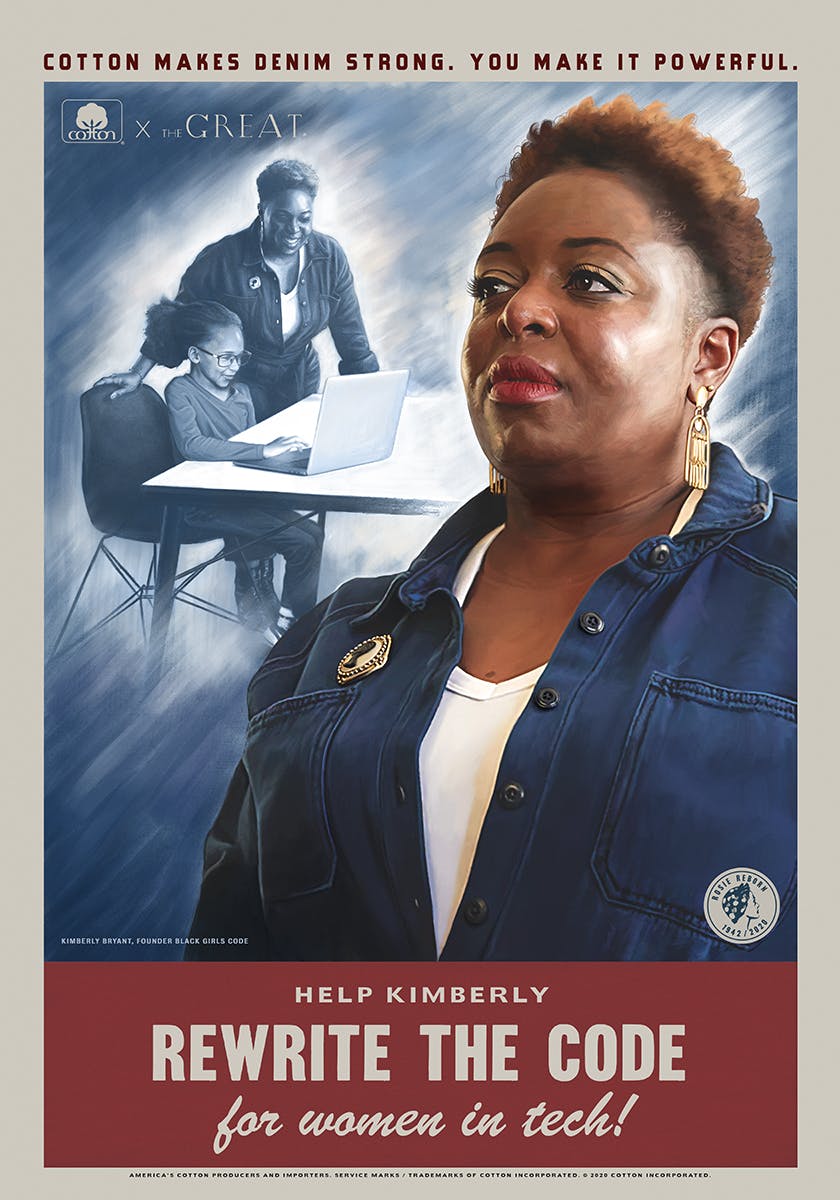
Jason: Besides getting the drawing as accurate as possible, I focus on values and brushwork. I study every part of a person’s face, down to the smallest subtle curves and bumps. I also try to make the final image look aesthetically interesting and beautiful.
“Remember, even though it is work, it is fun. Being an artist is a privilege!”
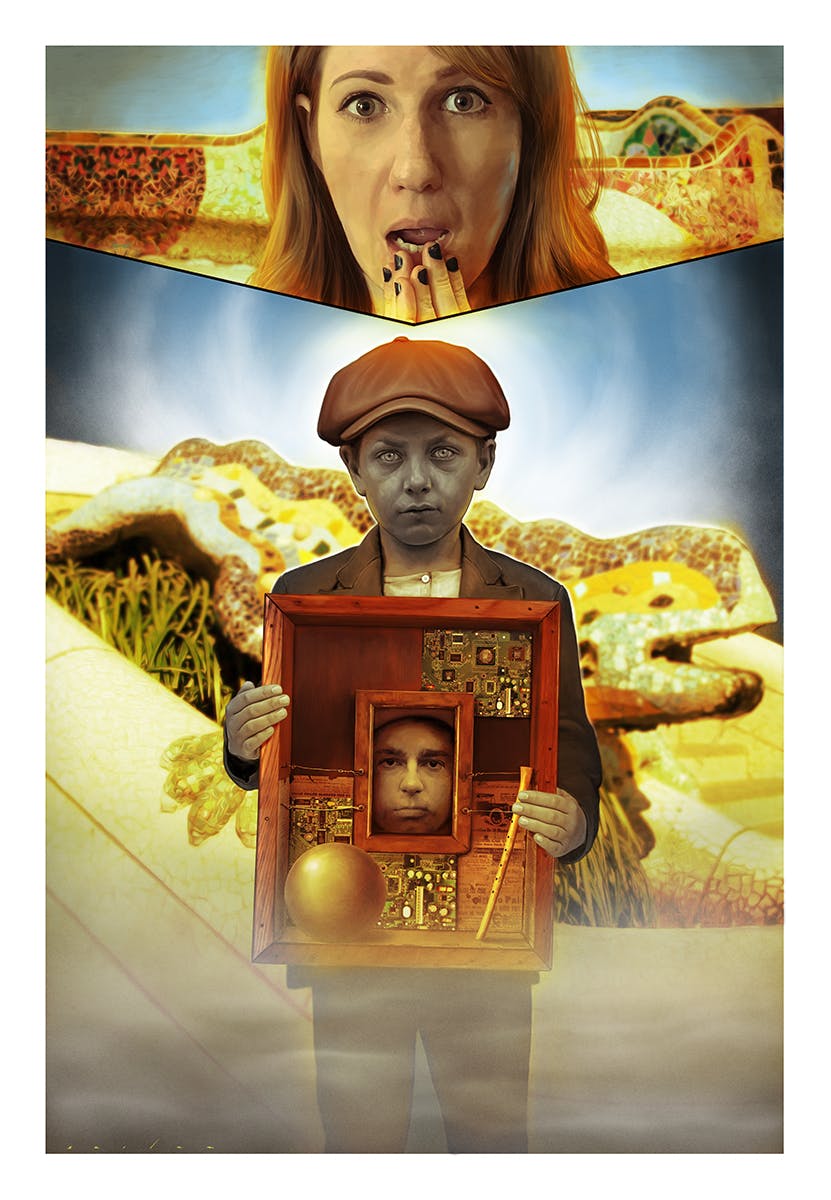
Jason Seiler: I always start with a drawing. Sometimes I will do several sketches, especially if it is a caricature. I like to sketch and explore different ways of capturing a person’s features and likeness. Once I am satisfied with the drawing, I decide what kind of palette I am going to paint with; what kind of mood and/or temperature and then I begin blocking in the painting. I am first and foremost a traditional painter with mediums such as watercolor, gouache, acrylics, and oil as my go-to.
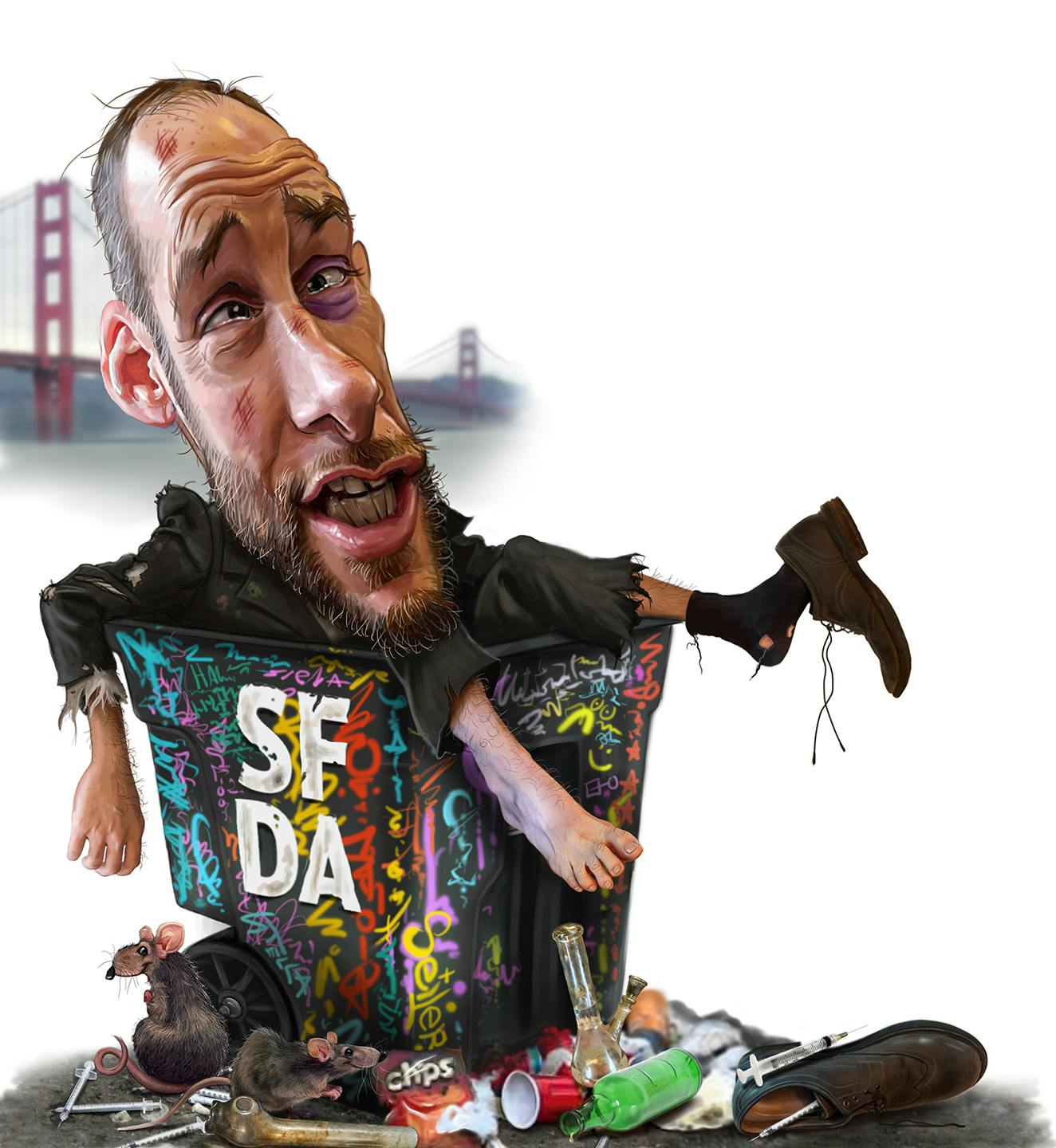
When working digitally, I work in a very similar way. I start blocking in with larger brushes. I keep my image at a distance, which means that, at the start, I barely zoom in. I do this so that I can be quicker and not get caught up in details. Details are left for the end. I focus on my brushwork, usually spending most of my time detailing eyes, mouths, and hands, being a little more loose in the in-between areas.
Values are key to realistic rendering, so I focus on that quite a bit along with soft or hard edges and color harmony. This is the same process I do on every project, whether it be character design for Alice in Wonderland or painting the Pope for TIME Magazine. The thought process and approach is always the same.
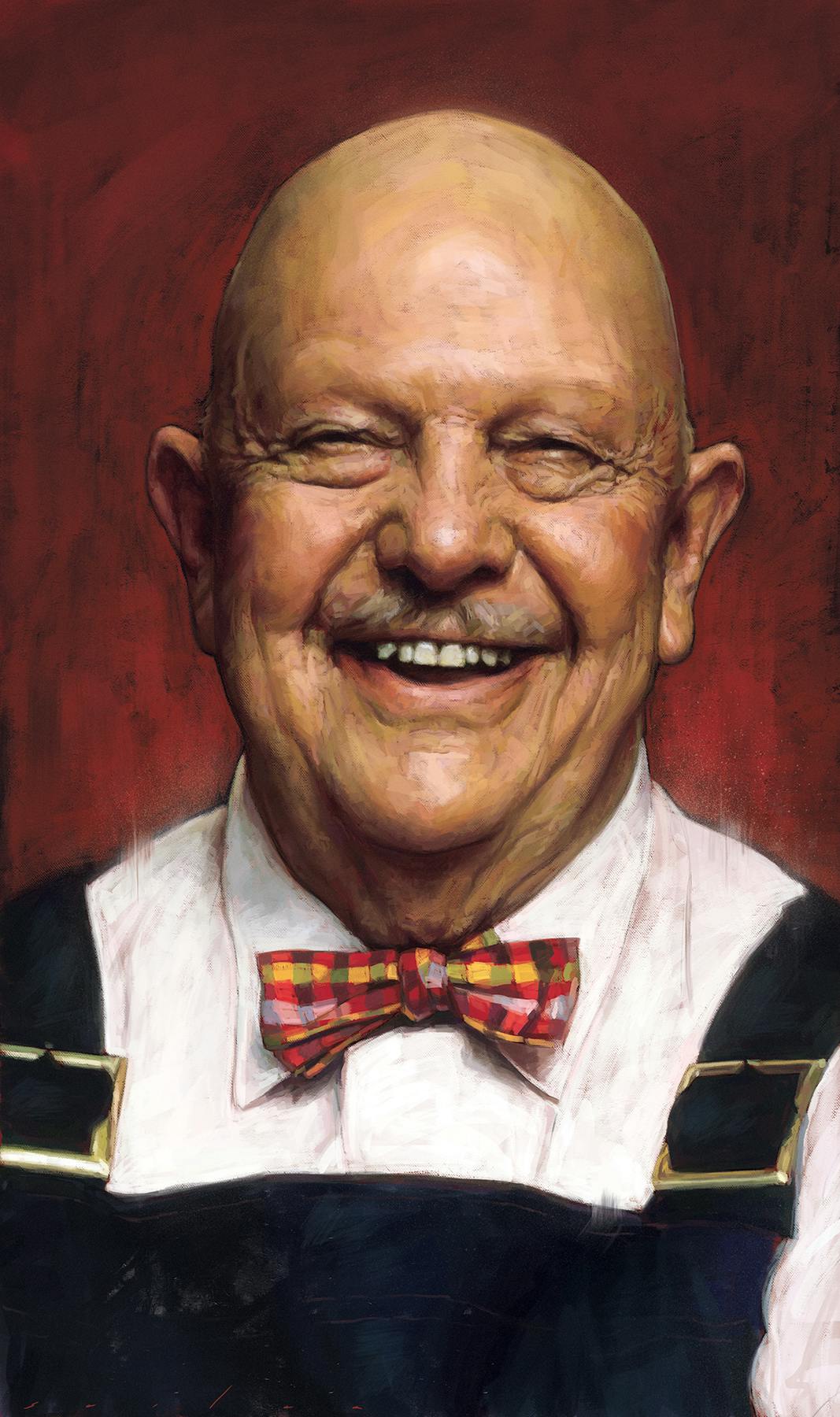
Jason Seiler: I want to continue to push myself and grow as an artist. I always strive to be the best that I can be. With portrait-type work, I enjoy pushing my painting style, whether it be being more painterly and expressive or creating super-tight images. That’s always a challenge I enjoy. One thing I have an interest in is character design. I would love to do a lot more of that, whether it be human characters, creatures, or animals.
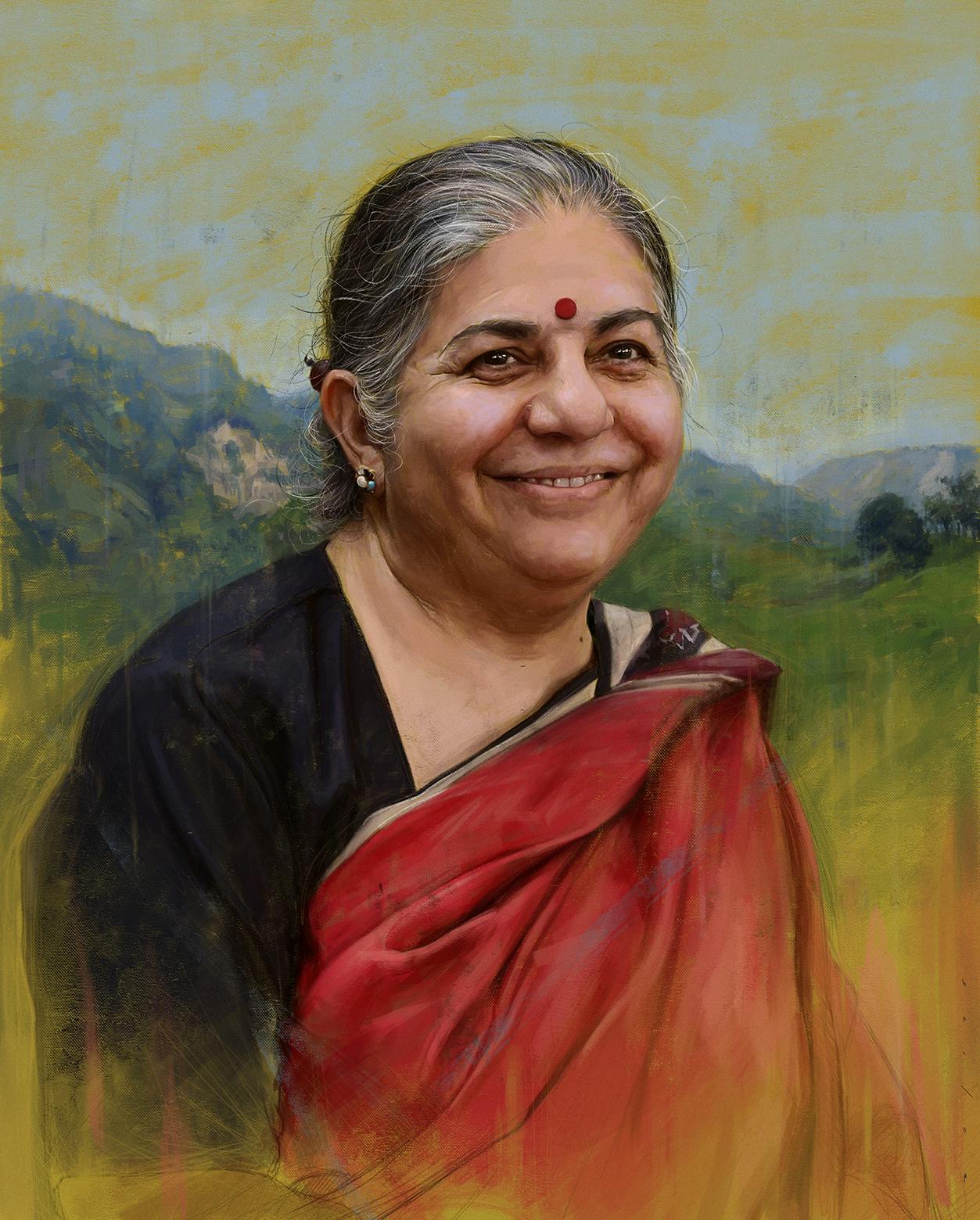
I love putting my caricature take/spin on character design. I feel that caricature is the foundation of strong character design, so I feel I have a lot to offer in that arena. As for realistic portrait type work, I am interested in advertisement type work, medical to film or movie posters. I have done a few of these already and enjoyed the process and outcome.

Jason Seiler: Be prepared to work very hard and spend a ton of your time dedicated to your craft. I’ve been working hard at it for over 30 years and still feel I have so much more to learn. Be humble and teachable. Be kind to others. Remember, even though it is work, it is fun. Being an artist is a privilege!
